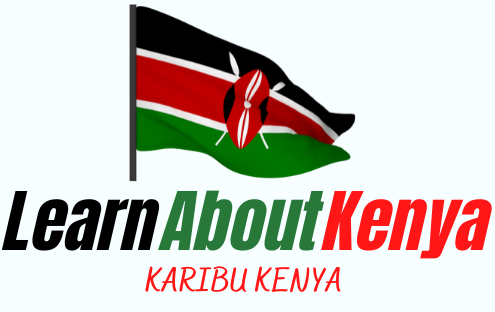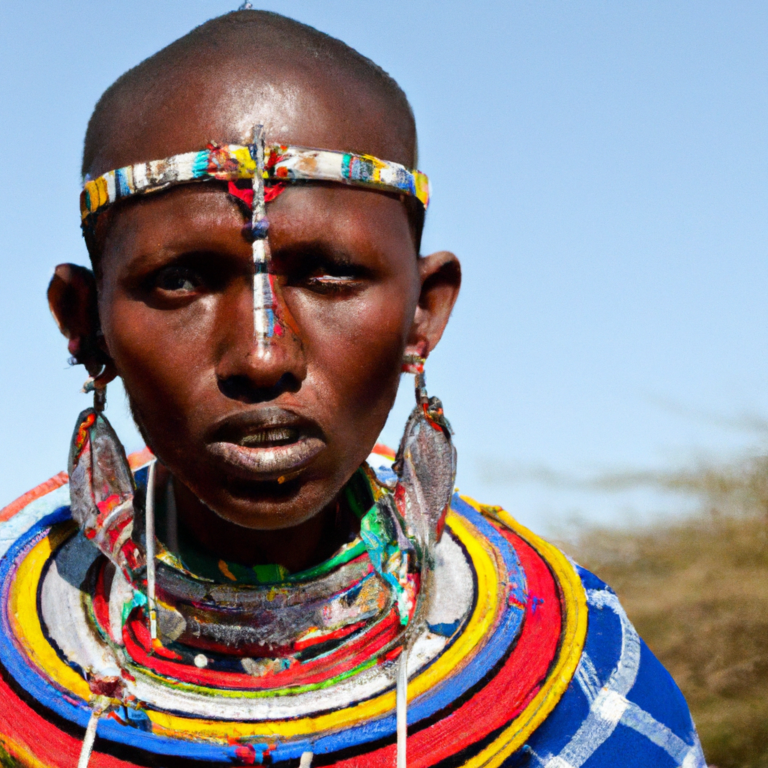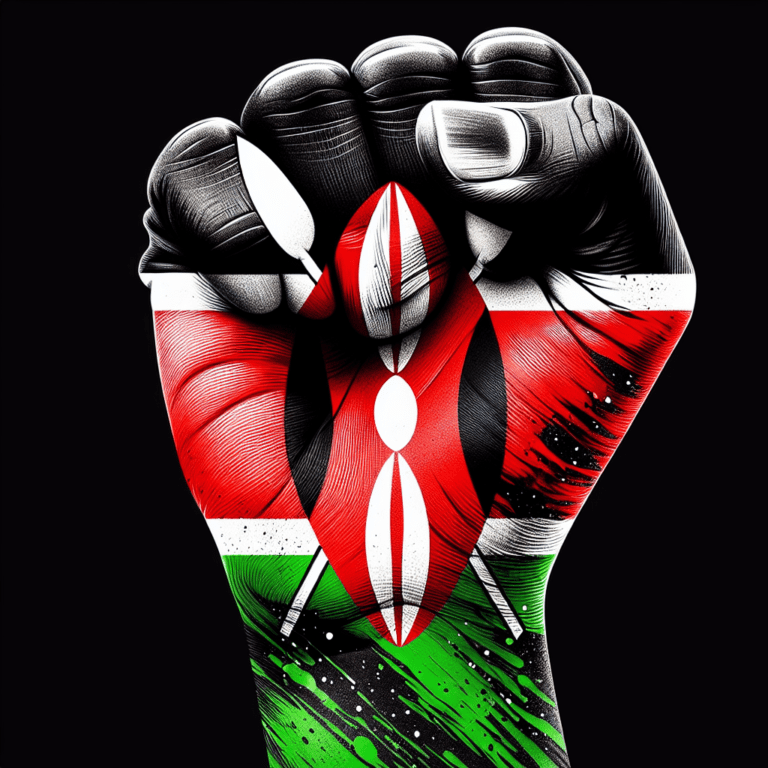What Was The East African Community, And When Did Kenya Join It?
In this article, we will explore the fascinating history of the East African Community and discuss the significant moment when Kenya became a member. The East African Community, a regional intergovernmental organization, aims to foster cooperation and integration among its member states. As we delve into this topic, we will discover the importance of this union and the journey that led Kenya to join the East African Community.
Overview of the East African Community
The East African Community (EAC) is a regional intergovernmental organization composed of six African countries: Burundi, Kenya, Rwanda, South Sudan, Tanzania, and Uganda. It was established in 1967 with the aim of promoting regional integration, economic cooperation, and sustainable development in East Africa. The EAC seeks to create a prosperous, competitive, and politically stable East Africa, where people enjoy improved living standards and social well-being.
Historical Background
Predecessors of the East African Community
The idea of regional integration in East Africa can be traced back to the early 20th century. In the 1920s, the British colonial authorities created the East African Customs Union, which aimed to facilitate trade among British East Africa’s territories. This precursor of the EAC was dissolved after the independence of the member states.
Disintegration of the First East African Community
The first East African Community was established in 1967 but eventually collapsed in 1977 due to political differences and economic challenges. Tanzania, Kenya, and Uganda decided to pursue different economic policies, leading to a breakdown in cooperation and loss of momentum for regional integration.
Reestablishment of the East African Community
In 1999, the leaders of Tanzania, Kenya, and Uganda, recognizing the importance of regional integration, signed the Treaty for the Establishment of the East African Community, paving the way for the reestablishment of the EAC. The treaty came into effect in 2000, and later Burundi and Rwanda joined the community in 2007.
Objectives of the East African Community
Promotion of Regional Integration
The EAC aims to foster closer integration among its member states and promote unity in the region. By strengthening economic, political, and social ties, the community seeks to eliminate barriers to the movement of goods, services, and people, while fostering a sense of shared identity and common destiny among East Africans.
Enhancement of Economic Cooperation
The EAC envisions creating a common market for goods, services, and labor in the region. By harmonizing policies, laws, and regulations, the community seeks to facilitate trade, attract investments, and promote economic growth. The EAC also promotes industrialization and supports the development of strategic economic sectors to drive regional prosperity.
Sustainable Development and Poverty Reduction
One of the primary goals of the EAC is to achieve sustainable development and reduction of poverty in the region. By aligning their development strategies and implementing joint programs, member states collaborate on initiatives to improve infrastructure, healthcare, education, agriculture, and other sectors critical for human development.
Good Governance and Political Stability
The EAC recognizes the importance of good governance and political stability for sustainable development. The community promotes democratic principles, respect for human rights, and the rule of law. Member states work together to strengthen their institutions, combat corruption, and ensure peaceful coexistence within the region.
Kenya’s Journey to Joining the East African Community
Early Collaboration with Neighboring Countries
Kenya has always been actively engaged in regional cooperation, recognizing the benefits of a united East Africa. Even before formally joining the EAC, Kenya cooperated closely with neighboring countries on various projects, including infrastructure development, trade agreements, and joint investments.
Application and Negotiations to Join
Kenya submitted its formal application to join the EAC in 2002. The country’s desire to be part of the EAC was rooted in its commitment to regional integration and the belief that membership would bring numerous advantages for economic growth and development. Negotiations were conducted to resolve outstanding issues and ensure Kenya’s smooth accession to the community.
Official Admission and Accession Process
After successfully completing the accession process, Kenya officially became a member of the EAC on July 1, 2007. The accession marked an important milestone in Kenya’s journey towards regional integration and solidified the country’s commitment to strengthening cooperation among East African nations.
Benefits of Joining the East African Community for Kenya
Enhanced Trade and Market Access
Joining the EAC has greatly benefited Kenya’s trade sector. With the elimination of trade barriers and the establishment of a common market, Kenyan businesses have gained expanded access to the EAC’s larger consumer base. The removal of tariffs and quota restrictions has allowed Kenyan goods and services to compete more effectively in the regional market.
Increased Investment Opportunities
Membership in the EAC has attracted increased foreign direct investment (FDI) to Kenya. The community’s common investment policies and regulations provide a stable and predictable business environment for investors. Kenya’s strong economic fundamentals and strategic location within East Africa make it an attractive destination for foreign companies looking to tap into the regional market.
Regional Infrastructure Development
As part of the EAC, Kenya has benefited from joint infrastructure projects aimed at boosting connectivity and improving transportation networks within the region. These initiatives, such as the Standard Gauge Railway and road network developments, have enhanced the movement of goods and people across borders, contributing to regional economic integration.
Social and Cultural Integration
Membership in the EAC has deepened social and cultural ties between Kenya and other member states. People-to-people interactions, exchange programs, and collaborative initiatives in areas such as education, health, and arts have fostered mutual understanding and appreciation of diverse cultures, promoting a sense of belonging and unity among East Africans.
Challenges Faced by Kenya in the East African Community
Divergent Socio-Economic Conditions
One of the challenges Kenya faces in the EAC is the differing socio-economic conditions among member states. Disparities in income levels, human development, and infrastructure present hurdles to achieving balanced regional development. Addressing these imbalances requires coordinated efforts and targeted policies that take into account the specific needs and challenges faced by each member state.
Non-Tariff Barriers and Trade Disputes
Despite efforts to eliminate tariff barriers, non-tariff barriers (NTBs) still pose challenges to Kenya’s trade with other EAC member states. NTBs, such as burdensome customs procedures, technical barriers to trade, and restrictions on the movement of goods and services, hinder smooth trade flows and increase the cost of doing business within the community. Resolving trade disputes and harmonizing regulations remain ongoing challenges.
Harmonization of Policies and Regulations
Ensuring the harmonization of policies and regulations across member states is a complex task that requires coordination and cooperation. Differences in legal frameworks, standards, and regulations can create obstacles to the free movement of goods, services, and people. Ongoing efforts are required to align and update policies to fully realize the benefits of regional integration.
Impact of Kenya’s Membership on the East African Community
Economic and Industrial Growth
Kenya’s membership in the EAC has contributed significantly to the community’s overall economic growth. The country’s vibrant and diverse economy, coupled with its strategic location as a gateway to East Africa, has attracted investments and stimulated regional trade. Kenya’s large market size and strong industrial base have also played a role in driving industrial growth within the EAC.
Strengthening of Regional Cooperation
Kenya’s active participation and engagement in the EAC have strengthened regional cooperation and solidarity. The country’s commitment to the principles of the community, such as good governance, stability, and respect for human rights, has been instrumental in fostering a sense of unity and shared values among member states. Kenya’s willingness to cooperate and share its expertise has contributed to the overall success of the EAC.
Political Influence and Leadership
Kenya’s membership in the EAC has elevated its political influence within the region. As a major player in East Africa, Kenya’s active involvement in regional affairs has allowed it to contribute to shaping the community’s policies and decision-making processes. Through diplomatic initiatives and leadership roles, Kenya has been able to advocate for the interests and concerns of its citizens within the EAC.
Expansion and Integration of the Community
Kenya’s membership has also played a role in expanding the EAC and attracting other countries to join. By showcasing the benefits and opportunities of regional integration, Kenya has paved the way for further expansion and deepening of the community. The EAC’s enlargement to include South Sudan, and potential future members, demonstrates the growing influence and appeal of the community.
Key Milestones and Initiatives
Implementation of the Customs Union
The establishment of the East African Customs Union was a crucial milestone in the integration process. The EAC member states have worked towards eliminating internal tariffs, establishing a common external tariff, and harmonizing customs procedures. The Customs Union has facilitated trade among member states and provided a solid foundation for deeper integration.
Establishment of the Common Market
The East African Common Market, established in 2010, further enhanced economic integration among member states. The Common Market allows for the free movement of goods, services, capital, and labor within the EAC. It provides opportunities for businesses, professionals, and workers to operate and contribute to the regional economy without unnecessary barriers.
Progress toward the Monetary Union
The EAC has taken significant steps toward the establishment of a Monetary Union, with the ultimate goal of adopting a single currency. Member states have been working on coordinating their monetary and fiscal policies, harmonizing financial regulations, and strengthening their central banks’ cooperation. The Monetary Union aims to promote monetary stability and facilitate cross-border transactions.
Joint Projects and Infrastructural Cooperation
The EAC member states have implemented numerous joint projects aimed at improving regional infrastructure and connectivity. Initiatives such as the Standard Gauge Railway, Lake Victoria Basin Development Project, and energy sector collaborations have enhanced transportation networks, access to energy, and sustainable development within the community.
Current Status and Future Prospects
Challenges and Opportunities Ahead
While the EAC has made significant progress, several challenges and opportunities lie ahead. Ongoing efforts are needed to address the remaining non-tariff barriers, promote further trade liberalization, and enhance regional infrastructure development. Additionally, the community must address socio-economic disparities to ensure inclusive growth and reduce poverty across member states.
Consolidation and Deepening of Integration
The EAC is focused on consolidating and deepening integration to maximize the benefits for member states. This includes strengthening institutions, enhancing legal frameworks, and fostering deeper cooperation in priority sectors such as agriculture, industry, and services. Additionally, further harmonization of policies and regulations is crucial to streamline regional trade and facilitate the movement of people.
Expansion of the East African Community
The EAC has demonstrated its potential to attract new members, with South Sudan becoming the sixth member state in 2016. The community’s expansion opens up opportunities for greater regional cooperation, trade, and economic growth. As other countries express interest in joining, the EAC has the potential to become an even more influential and prosperous regional bloc.
Conclusion
The East African Community, established in 1967 and reestablished in 2000, has made significant strides in promoting regional integration, economic cooperation, and sustainable development. Kenya’s membership in the EAC has brought about numerous benefits, including enhanced trade and market access, increased investment opportunities, regional infrastructure development, and social and cultural integration. While challenges remain, Kenya’s active involvement has contributed to the community’s economic growth, strengthened regional cooperation, and expanded the EAC’s influence. With ongoing efforts to deepen integration, address disparities, and attract new members, the EAC is poised to further solidify and expand its role as a key regional player in East Africa.






